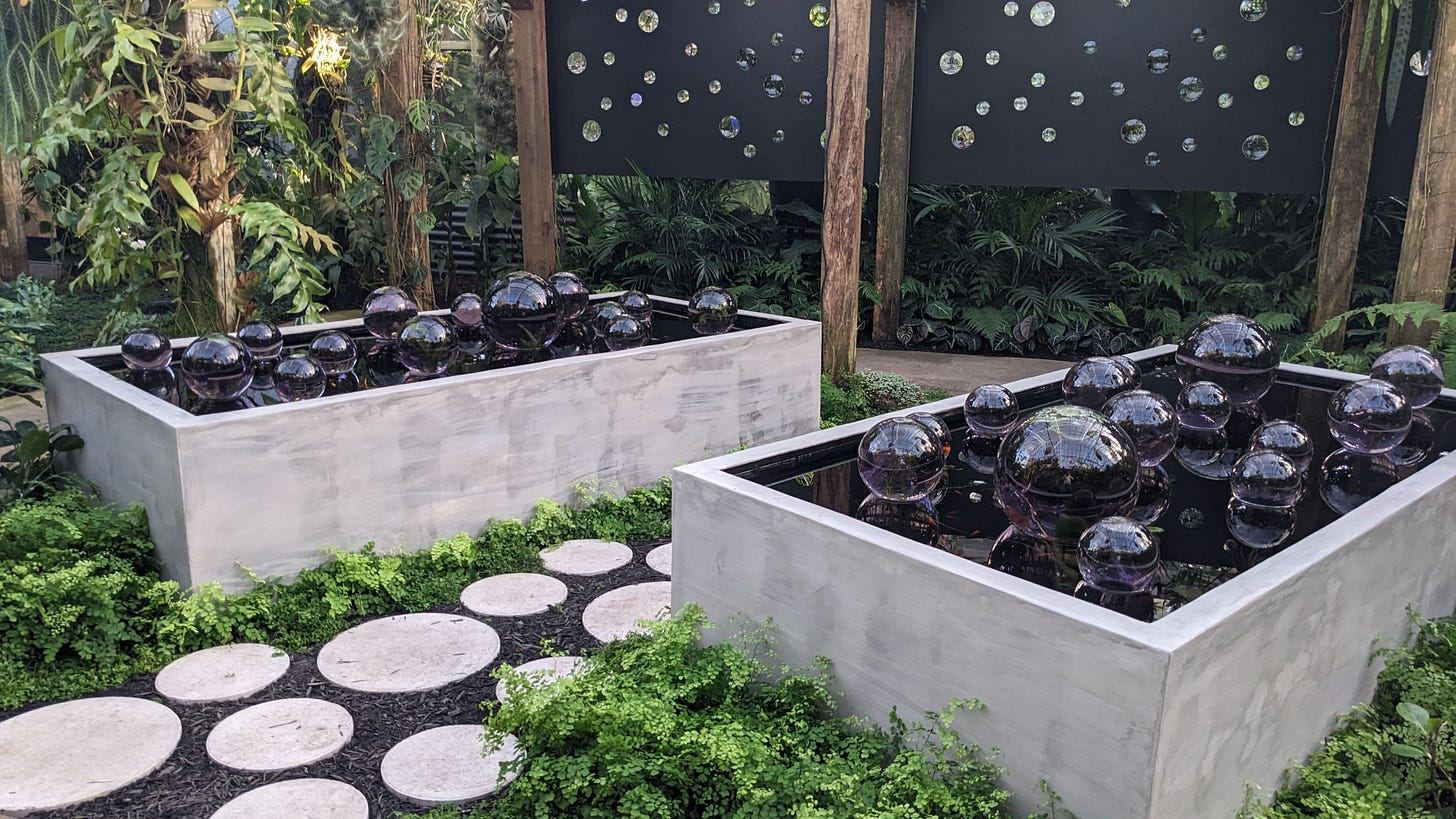Sound and Stills in the Botanical Gardens
Ideas and Memories from Marie Selby Botanical Gardens in Sarasota
On February 13th, we flew to Sarasota to perform at the Marie Selby Botanical Gardens. Leaving the snowstorm of NYC, after delayed flights and airport trouble, we were welcomed by the warmth of the Florida sunshine and the kindness of the garden’s president and CEO, Jennifer Rominiecki.
On Valentine’s day morning I went with my mom and Tony to Coquina Be…



